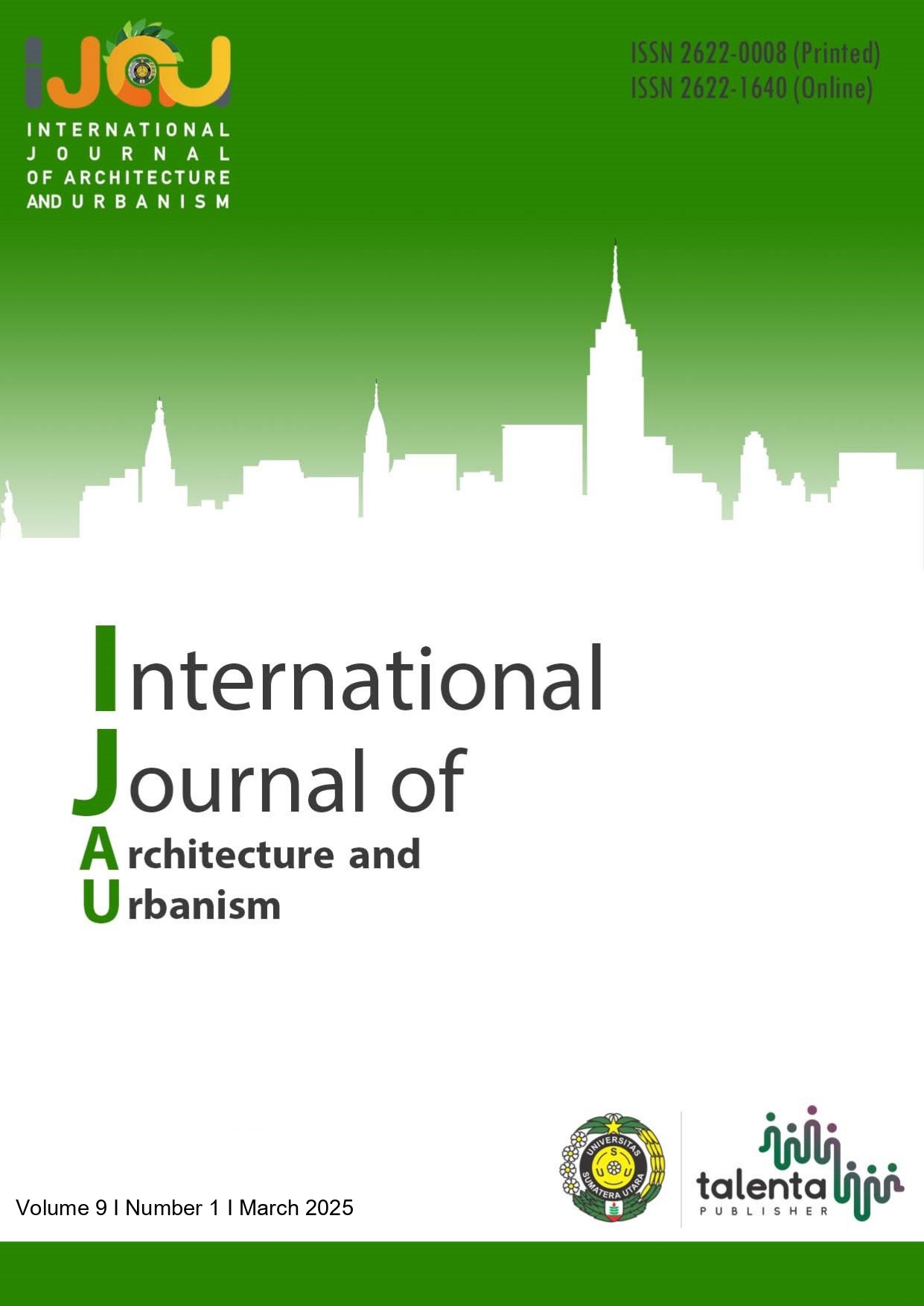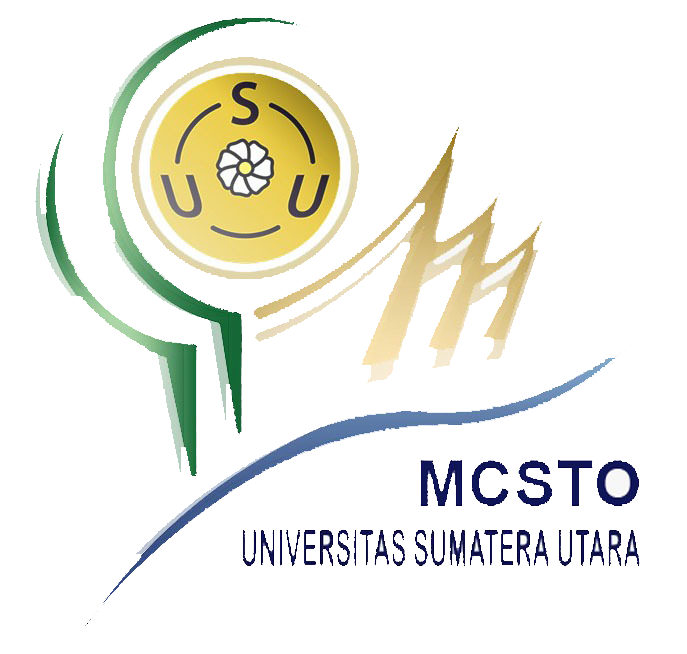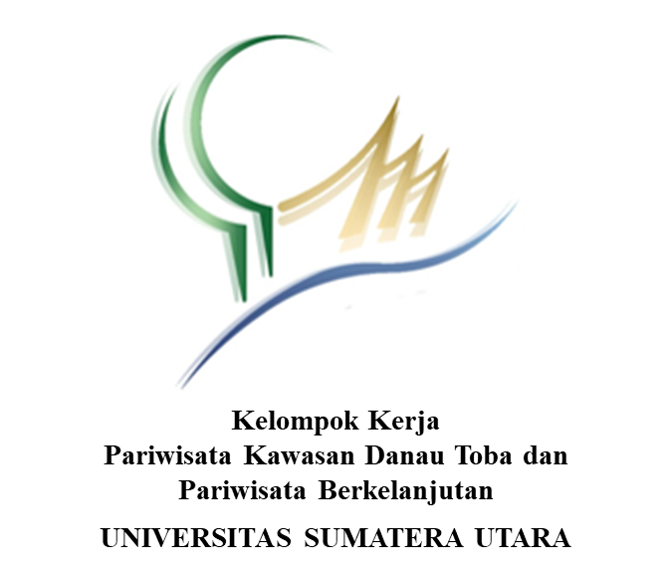Spatial Structure And Socio-Economic Linkages in Medan Denai District : A Study of Inter-Area Connectivity
DOI:
https://doi.org/10.32734/ijau.v9i1.18868Abstract
This study aims to analyze the spatial structure and socio-economic linkages in Medan Denai District with a focus on case studies of inter-regional connectivity. Medan Denai District, located in the city of Medan, North Sumatra, has the characteristics of high population density and various interdependent economic sectors. The spatial structure in this area includes various types of land use, ranging from settlements, trade, industry, to public facilities. Through a qualitative approach, this study identifies the relationship between spatial structure and the pattern of socio-economic linkages between regions in Medan Denai District. The data obtained includes information on population distribution, types of businesses, economic mobility, and accessibility between regions. This analysis also considers the role of transportation infrastructure and public facilities in shaping social and economic interactions between regions. The results of the study show that there is a significant connection between residential areas and commercial and industrial areas, which support each other in creating local economic dynamics. The fragmented spatial structure affects the pattern of economic distribution, with certain regions having greater potential to increase economic activity and population welfare. However, uneven access and infrastructure inequality in some regions can hinder more inclusive economic growth. Overall, this study provides an overview of the importance of more integrated and sustainable spatial planning, taking into account socio-economic aspects in an effort to create a balance between regions in Medan Denai District.
Downloads
Downloads
Published
How to Cite
Issue
Section
License
Copyright (c) 2025 International Journal of Architecture and Urbanism

This work is licensed under a Creative Commons Attribution-ShareAlike 4.0 International License.











.png)





